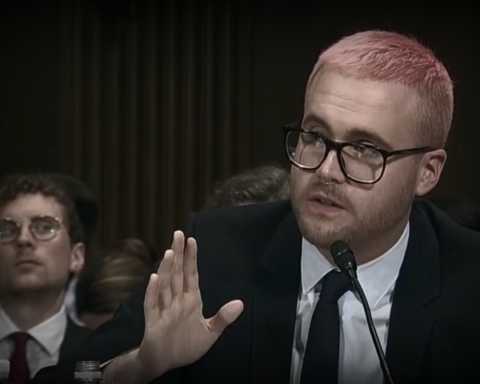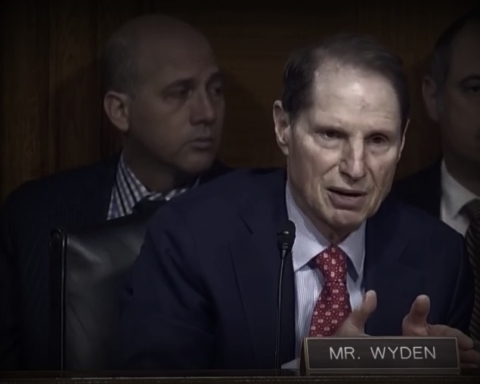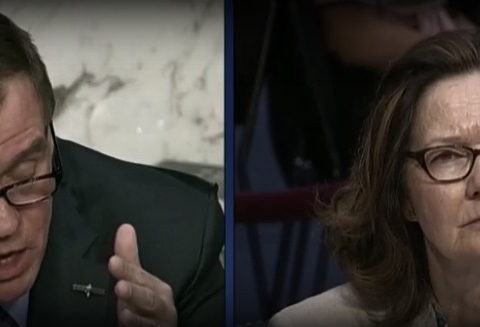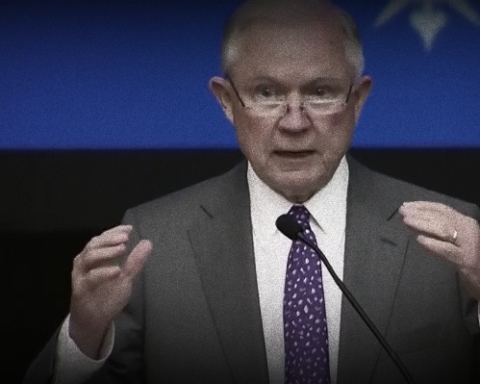Last year the Obama administration announced plans to reduce the US prison population. But new stats released Friday show that it might encounter difficulties carrying out that initiative, if it is, in fact, serious about it.
A Justice Department report found that the decline in the prison population, which had started in 2010, decelerated to a near halt in 2013.
The annual Bureau of Justice Statistics paper, which accounts for the total number of “offenders supervised by adult correctional systems in the United States at year end,” found that subset of the population declined by a mere 41,500, or 0.6% in 2013. The decrease was less than 1 percent for the second year running, the report noted, and far less than the 2.1 percent decline in 2010.
The rate of decline in the incarcerated population also fell by less than 1 percent for the second year in a row. It dropped by 0.5 percent.
The total number of Americans in the prison system “under some form of correctional supervision” at the end of last year was slightly less than 6.9 million–about 2.8 percent of the entire adult population. About one in 51 adults were either on probation or parole, while 1 in 110 were behind bars in a federal prison or local jail.
In August 2013, as systemic inertia pumped the brakes on the prison population decline, the Justice Department announced plans to reform a system described by Attorney General Eric Holder as “ineffective and unsustainable.” Plans announced included a directive to US Attorneys to file fewer charges requiring mandatory minimum sentences, an expansion of compassionate release for older inmates, and the encouragement of drug-treatment as an alternative to incarceration.
But as protests raged against the criminal justice system after a spate of high-profile killings of unarmed black people by police officers went unpunished, the White House has mostly responded with cosmetic measures.
Earlier this week, President Obama commuted the sentences of a mere eight inmates serving long sentences for violating federal drug laws, and pardoned only 12 others who were convicted and sentences between 1964 and 1997.
On Thursday, the White House announced that the President signed an executive order finalizing the creation of its “Task Force on 21st Century Policing”–a panel, The Sentinel reported, that has been assembled, in part, as a public relations exercise. In a blog post, a White House aide described the panel as an effort “to strengthen public trust and foster strong relationships between local law enforcement and the communities that they protect, while also promoting effective crime reduction.”
The task force, which will hold its first panel in a series of public listening sessions in Washington next month, is set to deliver a report to the White House in March.
As Stephen Lurie detailed in The Atlantic last month, the president could use his authority to exert significant pressure on Congress, the Justice Department and state and local governments to reduce the US prison population. Initiatives that could be targeted by a White House intent on reform are the Edward Byrne Justice Assistance Grant program, and other systemic measures that incentivize mass incarceration.






